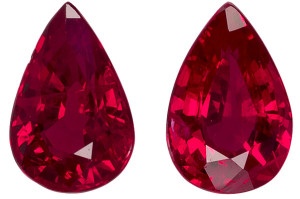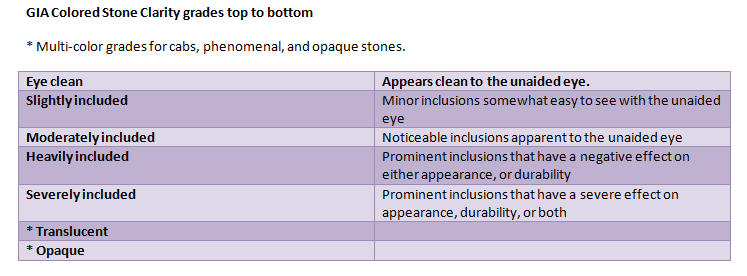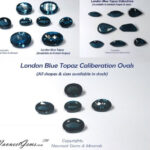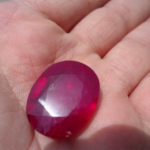Understanding ruby quality according to the price
Understanding ruby quality according to the price
What is a ruby?
Ruby is a pink to the red-colored gemstone, a variety of the mineral corundum, the element being aluminum oxide(Al2O3). The red color is caused mainly by the presence of the element chromium.
Firstly we can talk about the 4C’s, just like Diamonds, the 4C’s in colored gemstones are vital for judging the price. So let’s start with the first C, the carat. This is basically the carat weight of the piece of ruby which can basically be measured using the measuring gauge called “Mettler” which is available in all jewelry or gem stores.
The carat or weight here we are talking about is a 2-carat size. The carat is the easiest measure of price. Usually categorized into 1 carat, 1.50 carats, 2 carats, and 2 carats above.
View this post on Instagram
The second C is Cut. This is an important measure of price because a cabochon, tumble, or bead would be significantly lower than the traditional faceted stone due to the differences in brilliance in the stone. If the ruby piece has any types of facets on them then it’s classified as faceted. However, an intermediate and advanced eye would try to judge whether the cutting of the ruby is done correctly. Too high or too shallow pieces always turn out to be much lower in value because the brilliance of the stone is reduced. This Unheated 2.04-carat ruby piece here has shallowness in its height which has caused the gemstone to lose its value by at least 20%. This on lower-value stones might not bother a person too much but if it’s a Ruby that could have been valued at $12,000 but now is only worth $9,500 it makes a big difference. Ovals, Rounds, and Cushions are the most common and wanted shapes. Pear shapes are less in demand.
The third C is clarity: This is categorized into Loupe clean, Eye clean, slightly included (which is basically means that after the stone is set, the inclusions hidden away), and lastly included (Opaque is the lowest grade)
The fourth C is color: This is categorized into Pigeon-Blood, Reddish-Pink, Reddish-Purple, Reddish-Brown, Pinkish Red, Purplish-Pink, and Brownish-Red. This means for example that in the case of Reddish-Purple, red would be the primary color with purple coming in second.
Let’s show you a few examples so it might help understand quality rubies some things a little better. In the Youtube video Tutorial on “Understanding ruby quality according to the price” you will see a visual representation of this article as well as the below rubies explained.
RUBY#001 – Unheated 2.04 carats @$1,500/carat – The color is Pinkish-red and it has a slight Inclusion.
RUBY#002 – Heated 2.07 carats @$3,300/carat – The color is Reddish-Brown and it is classified as eye-clean.
RUBY#003 – Heated 2.53 carats @$3,100/carat – The color is Reddish-Brown and it is classified as eye-clean.
RUBY#004 – Heated 2.16 carats @$1,200.00/carat – The color is Pigeon Blood and it is classified as included because it has what we call in the industry as silk. However, it has a large face which makes it look bigger than it actually is, which also increases the value.
RUBY #005 – Heated 2.27 carats @$3,500/carat – The color is Pigeon Blood and it is classified as eye-clean.
RUBY #007 – Heated 2.26 carats @$3,000/carat – The color is Reddish-Brown and it is classified as eye-clean.
Here are the grades used by the GIA
Judging the effects of clarity characteristics
When we judge the effects of inclusions and blemishes on clarity, we consider the following five factors:
Nature – Consider whether the inclusion is a type that threatens a gem’s durability. Some inclusions like feathers are potentially damaging (this also depends on their size and position).
Size – Larger inclusions are usually more visible to the unaided eye and with certain types, more of a threat to durability. (Color, relief, and position also affect visibility.)
Color & relief – The more an inclusion differs in color or RI from the host material, the more obvious it is, due to higher relief.
Number – As inclusions become more numerous, they usually have a greater effect on appearance and durability. (Depending on their size and visibility).
Position – The location of inclusion often determines how visible it is or how much it affects durability.Typical colored stone inclusions. From the GIA colored stone grading manual
Cavity – An opening or hole extending into the stone, usually angular in shape.
Chip – A damaged area near any edge of a stone, usually the girdle.
Cloud – Any hazy or milky area that cannot be described as a feather, fingerprint, or group of included crystals or needles.
Color Zoning – Areas or bands of concentrated or alternating colors.
Feather – A break in a stone, often with a white, feathery appearance.
Fingerprint – Inclusions in a pattern that resembles a human fingerprint.
Growth zoning – Visible internal evidence of the crystal growth process. Might be straight, irregular, or angular.
Included crystal – A mineral crystal trapped within a larger gem. Included crystals can be light or dark, transparent or opaque.
Liquid inclusion – A hollow or small pocket within a gem, filled with a liquid, and sometimes also a gas bubble and a solid crystal.
Needle – A long, thin inclusion.
Silk – Oriented, fine, needle-like inclusions that can create phenomena like cat´s eyes and stars.
Clarity grading in use
- Be sure of the stone’s identity and determine its clarity type.
- Clean the stone very well and carefully.
- View the stone face up at a comfortable viewing distance with your unaided eye, under diffused light placed about 25cm or 10 inches above the stone.
- Determine if there are any eye visible inclusions including unintended color zoning. If there are, determine how distracting they are.
- Judge the effect of the inclusions (if any) on the clarity, based on the stone’s beauty and anticipated durability. You should consider nature, size, number, position, and relief.
- If necessary, review the stone face up under 10X magnification to identify any inclusions that might affect durability.
- Sum up the effects of the clarity characteristics as minute, minor, noticeable, obvious, or prominent and indicate whether they have a negative or severely negative effect on appearance or durability.
- Use these criteria for each clarity type to set the final clarity grade.
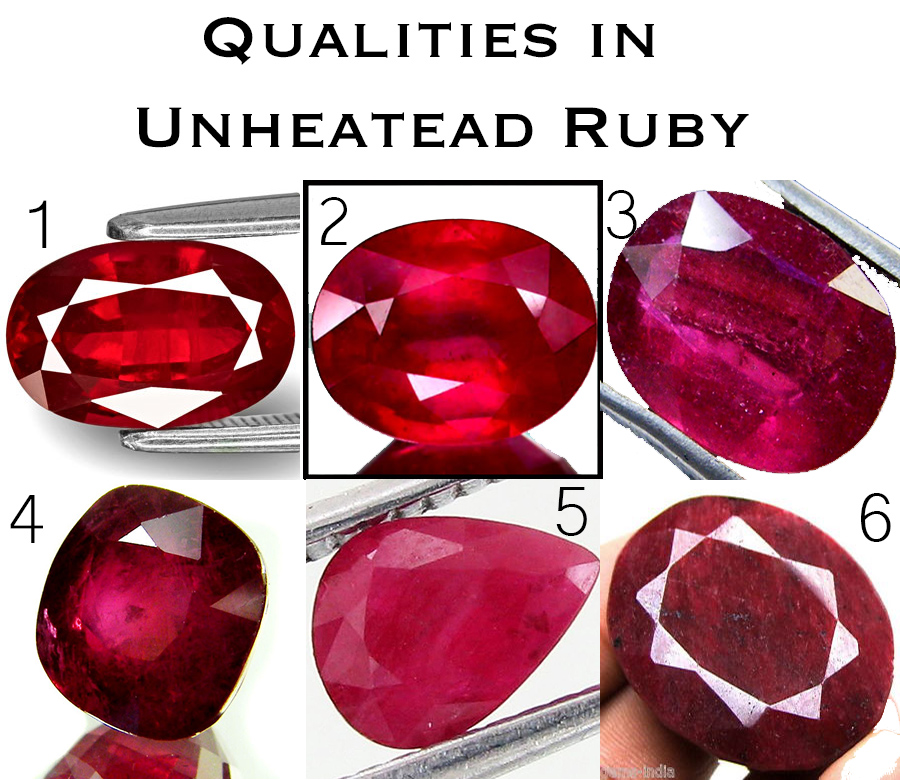
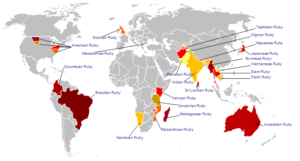
Here is a chart below to understand the quality of unheated rubies:
Below is a map detailing the Ruby mining concentrations around the world.
We at Navneet Gems and Minerals hope that this article helped you in Understanding ruby quality according to the price. For all your Ruby needs (Wholesale or regular), questions, clarification or advice drop us an email at info@navneetgems.com and we will be happy to assist you.
For other precious stones, view this youtube video about Understanding blue sapphire color and quality which gained more than 100,000 + views. Also view the World’s first Emerald quality chart, to help people gain confidence in this stone’s quality.
